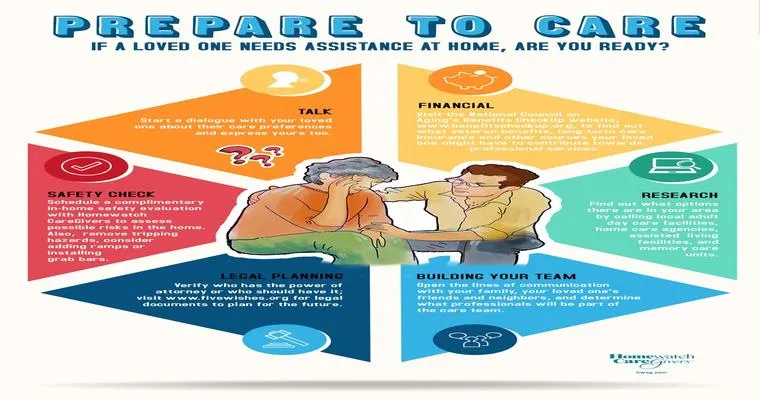Creating a "caregiving plan" is essential for ensuring that both caregivers and care recipients are supported effectively. One critical aspect of this plan is understanding how to calculate "wear and tear" on your home as a result of caregiving activities. This article will guide you through the necessary steps to assess the impact of caregiving on your living space and help you create a comprehensive caregiving plan.
When you take on the responsibility of caregiving, your home becomes a hub for various activities, from medical care to daily living assistance. As a result, wear and tear can occur in multiple areas, including flooring, walls, furniture, and appliances. To accurately calculate the "wear and tear", consider the following factors:
1. "Frequency of Use": The more often certain areas of your home are used for caregiving, the greater the wear and tear. For instance, if you frequently assist a loved one in the bathroom, you may notice signs of wear on fixtures and flooring due to increased foot traffic and moisture.
2. "Duration of Care": Long-term caregiving can lead to significant wear on your home. If you are providing support for an extended period, it's likely that areas like the kitchen and living room will show signs of use. Regularly assess these spaces for any damage or deterioration that needs addressing.
3. "Type of Activities": Consider the specific caregiving tasks performed in your home. Activities such as physical therapy, cooking specialized meals, or even moving furniture to accommodate medical equipment can contribute to wear and tear. Make a list of these activities to better understand their impact.
4. "Quality of Materials": The durability of your home’s materials plays a crucial role in determining how much wear and tear occurs. High-quality flooring, paint, and fixtures may withstand wear better than cheaper alternatives. Evaluate the materials in your home to gauge how they hold up under caregiving conditions.
5. "Regular Maintenance": Maintaining your home can help mitigate the effects of wear and tear. Regular cleaning, repairs, and updates will prolong the life of your home’s components. Consider scheduling routine maintenance checks to address any potential issues before they become significant problems.
6. "Budget for Repairs": As you calculate wear and tear, it’s prudent to set aside a budget for repairs and maintenance. Knowing how much you might need for future upkeep can help you manage your finances better while providing care.
To create a detailed "caregiving plan", incorporate these calculations into your overall strategy. Document the areas that require attention and develop a timeline for repairs. This proactive approach will not only help maintain your home but also ensure a safe and comfortable environment for both caregivers and care recipients.
In conclusion, calculating wear and tear on your home is a crucial step in creating an effective caregiving plan. By assessing usage patterns, the duration of care, the nature of activities, the quality of materials, and maintenance needs, you can better understand how caregiving impacts your living space. With this knowledge, you can take the necessary steps to preserve your home while providing exceptional care to your loved ones.





